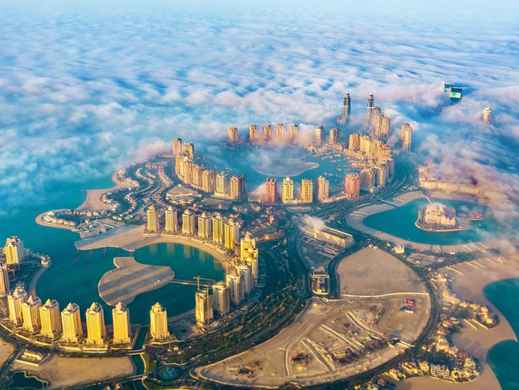


Eritrea
Africa
/
Eritrea
Eritrea, a captivating nation nestled in the Horn of Africa, beckons adventurous travelers with its rich history, diverse landscapes, and vibrant culture. This hidden gem, bordered by the Red Sea, offers a unique blend of ancient ruins, colonial architecture, and pristine beaches. From the bustling capital of Asmara, a UNESCO World Heritage site renowned for its modernist architecture, to the enigmatic Dahlak Archipelago with its untouched marine life, Eritrea promises an unforgettable journey.
Visitors to Eritrea can explore the ancient port city of Massawa, with its Ottoman and Italian influences, or venture into the rugged Dankalia Desert to witness the otherworldly Danakil Depression. The country's nine ethnic groups, including the Tigrinya and Afar, contribute to a tapestry of traditions, cuisines, and festivals that enchant cultural enthusiasts. Whether you're seeking historical insights, natural wonders, or authentic cultural experiences, Eritrea offers a wealth of discoveries for the intrepid traveler.

Travel Tips for Eritrea
What you need to know before traveling here
Practical Tips for Eritrea
Things to prepare and best way to visit
Eritrea is generally considered safe for tourists, with low crime rates and a stable political situation. However, visitors should exercise caution, especially near border areas, and stay informed about current travel advisories. It's advisable to respect local customs, dress modestly, and avoid photographing military installations or government buildings without permission.
Yes, most foreign visitors require a visa to enter Eritrea. Visas can be obtained from Eritrean embassies or consulates abroad before travel. The process may take several weeks, so it's recommended to apply well in advance. Some nationalities may be eligible for visas on arrival at Asmara International Airport, but this should be confirmed with the Eritrean authorities beforehand.
Eritrea offers a diverse range of attractions, including the UNESCO World Heritage Site of Asmara, known for its modernist architecture. Other popular sites include the ancient port city of Massawa, the Dahlak Archipelago for diving and snorkeling, the steam railway from Asmara to Massawa, and the archaeological sites of Qohaito and Matara. Nature enthusiasts can explore Semenawi Bahri National Park for its unique flora and fauna.
The best time to visit Eritrea is during the dry season, which runs from November to March. During this period, temperatures are milder, and rainfall is minimal, making it ideal for sightseeing and outdoor activities. The coastal areas can be hot and humid year-round, while the highlands offer cooler temperatures. It's advisable to avoid the rainy season from June to September, as some areas may become inaccessible.
Transportation in Eritrea can be challenging, but options are available. In Asmara, taxis and buses are common for getting around the city. For intercity travel, buses and shared taxis are the primary modes of transport. Renting a car with a driver is possible but can be expensive. The historic railway between Asmara and Massawa operates occasionally and offers a unique travel experience. It's important to note that travel permits are required for visiting areas outside Asmara.
See All Practical Tips for Eritrea

Explore Eritrea
Create your itinerary with our top picks below

Travel Tips for Eritrea

Explore Eritrea
More Destination Near Eritrea















 Facebook
Facebook Instagram
Instagram TikTok
TikTok Youtube
Youtube Telegram
Telegram
